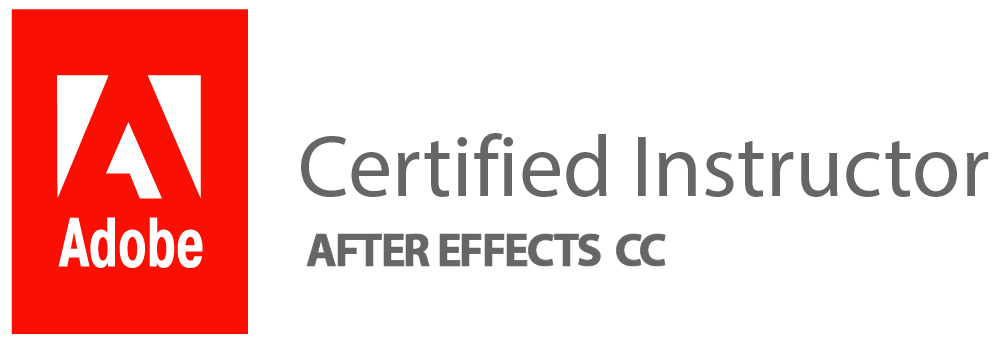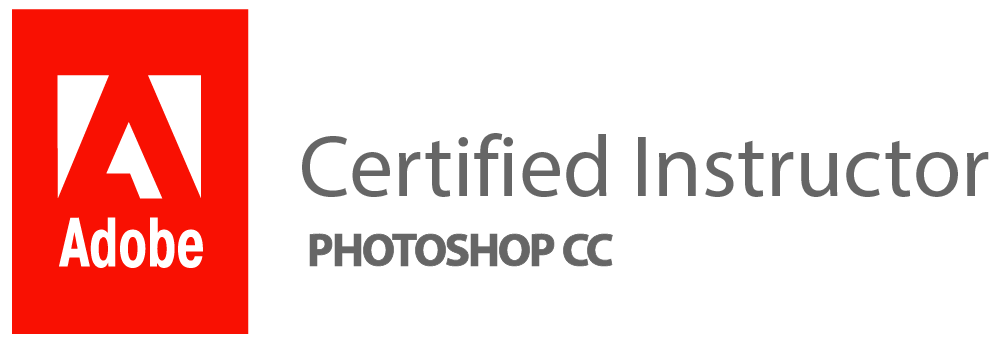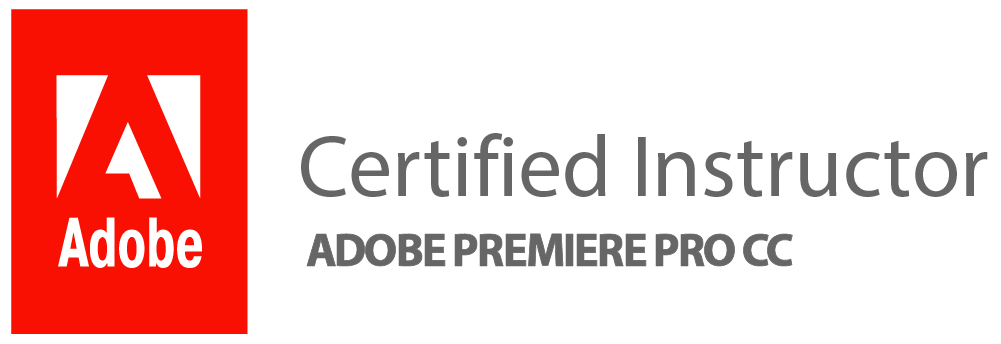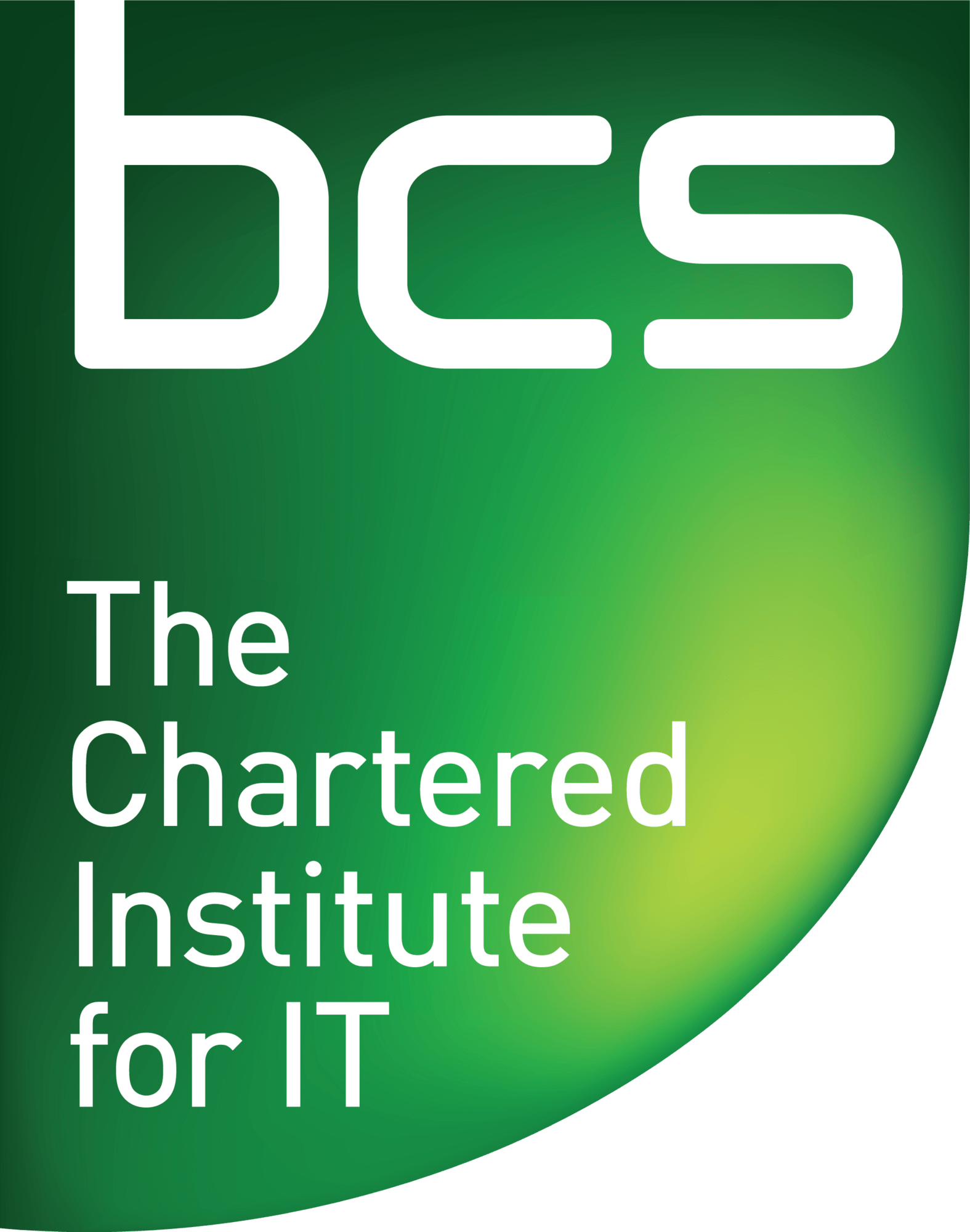What Software And Tools Will I Need To Pursue A Graphics Design Study? What do graphic designers learn in their work?
Graphic designers learn a variety of skills in their work. They begin by learning the basics, such as colour theory, typography, and composition. This knowledge forms the foundation for all of their work in design. As they progress, they learn how to use various software programs to create designs that are both visually appealing and functional.
In addition to technical skills, graphic designers also need to develop creative problem-solving skills. They must be able to take complex ideas and translate them into simple visual elements that effectively communicate a message or idea. To do this successfully, they need strong conceptualization and critical thinking abilities.
Finally, graphic designers must stay up-to-date with current design trends and technology advancements. This means constantly learning new techniques and tools as well as keeping an eye on what’s happening in the industry overall. By staying informed about emerging trends and best practices, graphic designers can ensure that their work remains relevant and effective for their clients’ needs.
The basics of design: How to plan, design, and create elements
In graphic design, you will learn the basics of designing visual elements for print and digital media. This includes understanding colour theory, typography, composition, and layout principles. To plan your design effectively, it’s essential to have a clear understanding of your target audience and the message you want to convey. Knowing these key details will help you make informed decisions about how to structure your design.
Once you’ve identified your audience and purpose for the design element, it’s time to start sketching out ideas. Creating rough sketches helps designers explore different options without getting too attached to any particular concept. Having multiple ideas also allows designers to compare and contrast different approaches before settling on a final version.
After selecting the best approach from several options, designers can begin refining their work using digital tools such as Adobe Illustrator or Photoshop. These tools allow designers to create polished designs that meet industry standards while still being creative and original in their approach. With these foundational skills in place, graphic designers can create compelling visual elements that communicate their message effectively across print and digital platforms alike.
Graphic design processes: How to develop a piece of design
In graphic design, there are several processes involved in developing a piece of design. One of the first steps is to identify the project’s goals and objectives. This includes determining the target audience, understanding their needs and preferences, and defining what message or idea the design should convey.
Once the project goals have been established, designers move on to concept development. This involves brainstorming ideas, sketching out rough drafts, and exploring different colour schemes and typography options. The goal at this stage is to come up with a few solid concepts that can be refined further.
After selecting a concept or two to move forward with, designers begin creating detailed designs using digital tools like Adobe Illustrator or Photoshop. During this phase, they refine their ideas by experimenting with layout variations, choosing colours and fonts that best communicate the intended message.
Overall, graphic design requires a lot of creativity combined with technical skills in software applications like Adobe Creative Cloud. By following these processes in developing a piece of design you will have an effective output that can accomplish its purpose which will lead your clients towards satisfaction as well as growth for your business in terms of client referrals and reputation building within your industry.
Graphic design tools: What they are, how they are used, and why they are important
In graphic design, tools are the backbone of success. Graphic design tools refer to a wide range of software and hardware that designers use to create visually compelling designs. These tools allow designers to manipulate images, adjust colour schemes, add typography, and create unique visual elements that help bring their ideas to life. Some common graphic design tools include Adobe Photoshop, Illustrator, and InDesign.
Graphic design tools are important because they enable designers to create designs that not only look good but also effectively communicate information across various media platforms. They help save time by automating repetitive tasks such as resizing images or cropping photos. Moreover, these tools make it easier for non-designers to collaborate with designers on projects without the need for specialized skills or knowledge. By mastering graphic design tools and techniques, aspiring designers can open up doors to new opportunities in an ever-evolving industry where creativity is key.
Use of colour: How it affects communication and design
One of the key areas of focus in graphic design is the use of colour. Colour plays a critical role in communication and design, as it has the power to evoke emotions, convey messages, and create visual interest. Different colours have different associations and meanings, which can be used strategically to achieve specific design goals.
For instance, warm colours like reds and oranges are often associated with energy, passion, and excitement. These colours can be effective for grabbing attention or conveying a sense of urgency. On the other hand, cool colours like blues and greens are often associated with calmness and tranquility. These colours may be more appropriate for designs that aim to create a sense of relaxation or serenity.
In addition to associations with emotions or moods, the use of colour also affects how readable and legible text appears on a page. Using high-contrast combinations of dark text on light backgrounds (or vice versa) is typically easier for readers to process than low-contrast combinations that blend together too much. Overall, understanding how people perceive colour can help designers make informed choices that enhance both the aesthetics and functionality of their work.
What graphic designers learn in their work?
Graphic designers have a diverse range of skills that they learn in their work. One of the most critical skills is communication design, which involves creating visual assets that help convey information or messages effectively. Designers learn how to use typography, colour schemes, and layout techniques to produce designs that are easy to read and understand.
Another essential skill for graphic designers is branding and identity design. Designers must learn how to create consistent branding elements such as logos, colours, and fonts across all marketing materials. They also need to know how to create unique identities for different clients or brands.
Finally, graphic designers must be skilled in using industry-standard software such as Adobe Illustrator or Photoshop. These tools enable designers to bring their creative ideas to life through digital designs that can be printed or shared online. Overall, graphic design is a challenging but rewarding field where you can continuously develop new skills and flex your creativity muscles along the way.
Ui Ux
UI/UX design is an essential part of graphic design. As a graphic designer, it’s not enough just to create visually appealing designs; you also need to consider how users will interact with them. UI stands for user interface, which refers to the visual aspects of a product or website that users interact with. This includes everything from buttons and menus to typography and colour schemes. UX, on the other hand, stands for user experience, which refers to how users feel when they are interacting with a product or website.
In graphic design courses that cover UI/UX design topics, students learn how to create effective interfaces that are easy for users to navigate and understand. They also learn about various tools and technologies used in UI/UX design such as wireframing software like Sketch or Figma, prototyping tools like InVision or Principle, and coding languages like HTML/CSS and JavaScript. Students gain knowledge on designing products that prioritize accessibility while ensuring functionality remains consistent across different platforms.
Overall, learning UI/UX is critical for any aspiring graphic designer who wants their designs not only to look good but also be functional and user-friendly. Understanding both elements allows designers to create intuitive interfaces while optimizing performance without compromising aesthetics.
Branding
In graphic design, you will learn the importance of branding and how to create strong brand identities. A brand identity is a set of visual and non-visual elements that distinguish one company from another. This includes elements such as logos, typography, colour schemes, taglines, and messaging.
Creating a successful brand requires more than just designing a logo or picking out colours. It involves understanding the target audience and their needs, as well as communicating the company’s values and mission through every element of the brand identity. For example, if a company wants to appeal to environmentally conscious consumers, they may choose green hues and use natural textures in their branding.
A strong brand identity can help businesses establish trust with customers, differentiate themselves from competitors, and increase recognition and loyalty. As a graphic designer or copywriting assistant working on branding projects for clients or your own business ventures – mastering these fundamentals helps to ensure success in creating effective communication strategies that resonates with audiences.
Learning To Build Websites: Figma, WordPress, Elementor.
In graphic design, there are a variety of skills and tools that you can learn to create stunning visual content. One key area is website design, which involves using software such as Figma, WordPress and Elementor to produce professional-looking websites.
Figma is a popular interface design tool that enables designers to create visual mockups of websites and other digital products. It has a user-friendly interface that makes it easy for beginners to get started, but also offers advanced features for more experienced designers. With Figma, you can collaborate with others in real-time and easily share your designs with clients.
WordPress is a content management system (CMS) used by millions of websites worldwide. It’s an open-source platform that allows users to create custom websites without needing extensive coding knowledge. With WordPress, you can choose from thousands of themes and plugins to customize your site’s appearance and functionality.
Elementor is a drag-and-drop page builder plugin for WordPress that allows users to create custom website pages without any coding knowledge. It has a range of pre-designed templates and widgets that make it simple for beginners to get started, but also allows more advanced users to customize their pages in detail. With Elementor, you can easily add text, images, videos and other multimedia elements to your web pages.
Studying Graphic Design
Graphic design is a field that combines art, technology, and communication to create visually appealing and effective designs. In studying graphic design, you will learn about the principles of design such as balance, contrast, hierarchy, unity, and emphasis. You will also delve into colour theory and typography to understand how these elements can be used to create visual impact.
In addition to the technical aspects of graphic design, you will also learn about the importance of research and conceptualization in creating successful designs. This involves understanding the target audience and their needs as well as researching industry trends and competition. You will then use this information to develop creative concepts that communicate a message or solve a problem.
Overall, studying graphic design involves learning not only technical skills but also developing critical thinking abilities necessary for creating impactful designs that resonate with audiences.
Studying Motion Graphics After Effects
Studying Motion Graphics After Effects is an excellent way to enhance your graphic design skills. This course teaches you how to create visually appealing animations, video effects, and motion graphics using Adobe After Effects software application. You’ll learn how to add text, images, and other multimedia elements to your designs and make them more compelling.
In this course, you’ll also learn about the basics of motion graphics design theory and principles such as timing, pacing, composition, and storytelling. Furthermore, you’ll have a chance to practice these concepts by creating various projects within the course curriculum.
Finally, it’s essential to note that Motion Graphics After Effects is a practical course that can significantly benefit designers who want to expand their skill set or those looking for new job opportunities in the creative industry. By mastering motion graphics design techniques using Adobe After Effects software application from this course will give you a competitive edge in today’s digital age where visual communication is critical in marketing products or services.
Learning Digital Painting
Digital painting is a process of creating art using digital technology. In today’s fast-paced world, digital painting has become an essential skill for graphic designers. By learning digital painting techniques, graphic designers can create stunning visuals that are not possible with traditional paint and canvas.
One of the key advantages of digital painting is its versatility. With the use of specialized tools and software, graphic designers can create a wide range of visual effects and styles that suit any project requirements. They can also experiment with different colour schemes, textures, and brush strokes until they achieve the desired look.
In addition to enhancing their technical skills, learning digital painting can also help graphic designers improve their creative thinking and problem-solving abilities. It allows them to express their creativity without any constraints or limitations imposed by traditional media. Overall, mastering digital painting techniques is crucial for anyone looking to make a career in the field of graphic design.
Studying Visual Communication
A certificate in Visual Communication or Graphic Design can teach you a wide range of skills that are essential to becoming a successful designer. Some of the topics that you may cover include typography, colour theory, layout design, illustration, and branding. You will also learn how to use different software programs such as Adobe Illustrator and Photoshop.
One of the most important things that you will learn in graphic design is how to communicate visually. This involves understanding the principles of design and how to apply them effectively in your work. You will also learn how to create designs that are not only aesthetically pleasing but also convey a message or tell a story.
Overall, studying visual communication can prepare you for a career in various fields including advertising, marketing, web design, and publishing. It provides you with valuable skills that are highly sought after by employers and allows you to express your creativity while communicating effectively through your designs.
Study User Experience
As a graphic designer, studying User Experience (UX) is essential in creating designs that are not only visually appealing but also user-friendly. One of the fundamental things you learn when studying UX is how to conduct research on your target audience. Understanding your audience’s needs, preferences and behaviours enable you to create designs that cater to their needs.
Another thing you learn in UX is how to create wireframes and prototypes. These are essential tools for testing out design concepts before investing time and resources into the final product. Wireframes help identify issues with layout, functionality and content placement, while prototypes allow users to interact with the design before it’s finalised.
Finally, UX teaches designers about accessibility principles – designing interfaces that can be used by everyone regardless of their physical abilities or limitations. Designers need to consider factors such as font size, contrast ratio and navigation when creating accessible designs. By applying these principles in your work as a graphic designer, your output becomes more inclusive while improving overall user experience.
High Demand
One of the most in-demand skills in the graphic design industry is proficiency in Adobe Photoshop. As a graphic designer, you will be expected to know how to manipulate images, create digital artwork, and produce high-quality designs using this software. This means learning the various tools and techniques available within the program so that you can produce professional-grade work quickly and efficiently.
Another highly sought-after skill for graphic designers is an understanding of typography. Typography involves selecting and arranging typefaces in order to create visually appealing designs that convey a specific message or tone. Knowing how to choose appropriate fonts, pair different typefaces together, and apply appropriate kerning and leading are all important aspects of typography that can help set your work apart from others.
Finally, strong communication skills are also essential for success as a graphic designer. Being able to effectively communicate with clients, understand their needs and vision for a project, and present your ideas clearly are all critical components of the job. By honing these skills along with mastering software programs like Adobe Photoshop and developing an eye for typography, you’ll be well on your way to a successful career as a graphic designer in today’s high demand market.
Adobe
In graphic design, Adobe is an essential tool for any designer. It offers a range of software options that cater to various design needs such as Photoshop, Illustrator, and InDesign. Each application has its own unique function and purpose in creating stunning designs.
Adobe Photoshop is a popular choice for photo editing and manipulation. It allows designers to adjust colour, brightness, contrast, and other image properties. Additionally, it offers features such as layers and masks which allow designers to create intricate designs by stacking multiple images on top of each other.
Adobe Illustrator is another useful application for graphic designers particularly when working with vector graphics. It enables you to create scalable designs that maintain their quality regardless of size or resolution changes. Lastly, Adobe InDesign is designed specifically for layout design projects such as brochures or magazines where you need to arrange text and images on a page effectively.
In conclusion, Adobe provides the tools necessary for graphic designers to turn their ideas into reality. Understanding these applications can lead to success in the field of graphic design as well as set apart your work from others who may not be utilizing these powerful tools effectively.
Adobe Photoshop & Graphic Design
In graphic design, you will learn how to use Adobe Photoshop to create and edit images for various purposes. Photoshop is one of the most popular tools used by graphic designers for its versatility and comprehensive set of features. You will learn how to use different tools in Photoshop such as layers, filters, masks, and blending modes to create stunning visual designs.
In addition to learning Adobe Photoshop, you will also learn about the principles of graphic design. These include colour theory, typography, layout design, and composition. Understanding these principles is crucial in creating effective designs that communicate a message clearly and effectively. You will also learn about branding and marketing strategies which are essential skills for any graphic designer who wants to succeed in the industry.
Overall, studying graphic design with an emphasis on Adobe Photoshop can open up many career opportunities in fields like advertising agencies, web development companies or even as freelancers where they can apply their creative skills towards designing logos business cards or anything else that requires a keen eye for detail and aesthetics.
Adobe Illustrator & Graphic Design
One of the most essential software tools for graphic designers is Adobe Illustrator. This program allows designers to create vector-based graphics that can be scaled up or down without losing quality. With Adobe Illustrator, graphic designers can create logos, icons, illustrations, and other design elements that are crucial in branding and marketing efforts.
In addition to learning how to use Adobe Illustrator, students in graphic design programs learn about colour theory, typography, composition principles, and visual hierarchy. They also develop skills in conceptual thinking and problem-solving as they work on various design projects. Graphic design courses often require students to complete real-world assignments such as designing a company’s branding materials or creating an ad campaign for a product.
Ultimately, the goal of studying graphic design is to become proficient in creating visually appealing designs that communicate effectively with target audiences. By combining their technical skills with their creative abilities and knowledge of design principles, aspiring graphic designers can craft designs that stand out from the crowd and meet the needs of clients or employers.
Adobe Indesign & Graphic Design
In graphic design, you learn a multitude of skills that are essential for creating visually appealing and effective designs. One of the most important tools in the graphic design toolkit is Adobe InDesign. It is a versatile software that allows designers to create layouts for print and digital media, such as flyers, brochures, books, magazines, and websites.
With Adobe Indesign, graphic designers can easily manipulate text and images to create professional-looking layouts. They can also use various tools like grids and guides to achieve perfect alignment and spacing between elements. The software also lets users create interactive documents with hyperlinks, animations, and other multimedia elements.
In addition to learning how to use InDesign effectively, graphic design students also study colour theory, typography principles, composition techniques, branding strategies among others. All these aspects come together to help them create designs that communicate visually while serving their intended purpose effectively. Ultimately a career in graphic design requires patience creativity as well as attention to detail.
What do graphic design students learn in class?
Graphic design students learn many skills and techniques to become successful in their field. In the classroom, they learn how to communicate visually through various mediums such as print, digital media, and photography. They also receive instruction in typography, colour theory, composition, and layout.
In addition to these fundamental skills, graphic design students study software programs like Adobe Illustrator and Photoshop that are essential tools in the industry today. Students learn how to create logos, brand identities, packaging designs, web graphics as well as print materials such as posters or brochures.
Overall, graphic design classes provide a comprehensive education that prepares students for a variety of careers within the creative industries. These courses emphasize both technical proficiency and artistic expression with an emphasis on problem-solving abilities necessary to succeed in today’s fast-paced global market.
The different types of graphic design
In graphic design, you can specialize in various fields, each with its own unique qualities and characteristics. The most common types of graphic design include visual identity design, marketing and advertising design, web design, publication design, packaging design, and environmental design.
Visual identity designers focus on creating brand identities for businesses or organizations by developing logos and branding materials. Marketing and advertising designers work on creating promotional materials like brochures, flyers or billboards to attract customers. Web designers create websites using different software tools to enhance user experience. Publication designers focus on designing books or magazines including page layouts and typography. Packaging designers work with companies to create the perfect package that is both functional and appealing to consumers. Lastly, Environmental Graphic Designers use their skills to create signage systems for buildings.
In conclusion, the field of graphic design has many specializations which can provide endless opportunities for individuals who want to pursue a career in this creative field. Each specialization requires a specific set of skills that must be mastered through practical training and practice in order to deliver high-quality designs that exceed client expectations while also meeting industry standards.
Graphic design for web designing
In the context of web designing, graphic design plays a crucial role in creating visually appealing websites. The basic principles of graphic design, such as colour theory, typography, and composition are essential to building a successful website. Additionally, graphic designers must also have knowledge of software tools like Adobe Photoshop and Illustrator to create graphics and images for the website.
One important aspect of graphic design in web designing is creating a consistent visual identity for the brand or business. This involves using specific colours and fonts consistently throughout the website. Another key consideration is ensuring that the overall design is user-friendly and easy to navigate for visitors.
Overall, studying graphic design can provide valuable skills for anyone interested in pursuing a career in web designing. Not only does it equip individuals with technical skills but also teaches them how to think creatively about visual communication.
Graphic design for print designing
Graphic design is an incredibly diverse field that encompasses a range of skills, techniques and technologies. One of the more traditional areas of graphic design is print designing, which involves creating designs for a variety of printed materials such as posters, flyers, brochures and magazines. To be successful in this area, designers need to have a strong understanding of typography, layout design and colour theory.
In addition to these core concepts, print designers will also need to be proficient in using software such as Adobe InDesign or QuarkXPress. These tools allow designers to create complex layouts with ease and apply various effects to their designs. Other key skills for print designers include photo editing, illustration and pre-press preparation.
Ultimately, graphic design for print designing requires a combination of technical proficiency and creative flair. Designers must be able to balance the needs of the client with their own artistic vision while ensuring that their creations are both aesthetically pleasing and functional. With dedication and hard work, however, anyone can become a skilled print designer capable of producing stunning visual communications that captivate audiences across all mediums.
The role of graphics in marketing
In graphic design, one of the most essential skills is the ability to create compelling visuals that can communicate a message effectively. This skill is particularly important in marketing, where graphics play a critical role in attracting and engaging consumers. A well-designed graphic can help to capture attention, convey information quickly and make a lasting impression on potential customers.
Another key aspect of graphics in marketing is their ability to create an emotional connection with consumers. By using images and colours that evoke specific emotions, marketers can tap into the subconscious desires of their target audience and influence their behavior through visual cues. For example, a company selling eco-friendly products might use green tones and nature imagery to appeal to environmentally conscious consumers.
Overall, graphics are an essential component of modern marketing strategies. Whether it’s creating eye-catching social media ads or designing product packaging that stands out on store shelves, effective use of visual communication can make all the difference in capturing consumer attention and driving sales for businesses.
Comic book art and graphic design
In graphic design, you learn the principles of visual communication, which include typography, colour theory, composition, and hierarchy. These principles are essential in creating successful comic book art as it helps convey emotions and narratives through visual elements. In fact, many of the best comic book artists are also skilled graphic designers.
Comic book art and graphic design share a similar goal: to communicate a message effectively. Graphic designers use their knowledge of layout and typography to create visually stunning designs that capture the audience’s attention while conveying a message or idea. Similarly, comic book artists use panel layouts and sequential art to guide readers through a story while conveying emotions and actions.
The integration of graphic design principles into comic book art has also led to some innovative approaches in storytelling. Some comics employ unconventional layouts or typography to create unique reading experiences for their audiences. Additionally, graphic designers who specialize in creating comic books have started using digital tools such as Photoshop and Illustrator to enhance their artwork further. Overall, understanding how graphic design principles can elevate comic book art is crucial for any aspiring artist looking to make an impact in the industry.
Illustration and Graphic Design
Graphic design courses are designed to teach students how to use various tools and techniques to create visually appealing designs. These courses cover a wide range of topics, including typography, colour theory, composition, and layout design. Students also learn about the different software used in graphic design such as Adobe Photoshop, Illustrator and InDesign.
One of the most important skills that students learn in graphic design is how to communicate using visual elements effectively. They learn how to use images, symbols and logos in their designs while communicating their message clearly through these visuals. Moreover, they also develop an eye for detail which helps them make informed decisions when it comes to selecting fonts or colours that align with their design’s objectives.
In conclusion, studying graphic design equips individuals with a diverse range of skills essential for success in this field. By combining creativity with technique and software knowledge, graduates can create impactful designs that capture people’s attention while conveying meaningful messages effectively.











